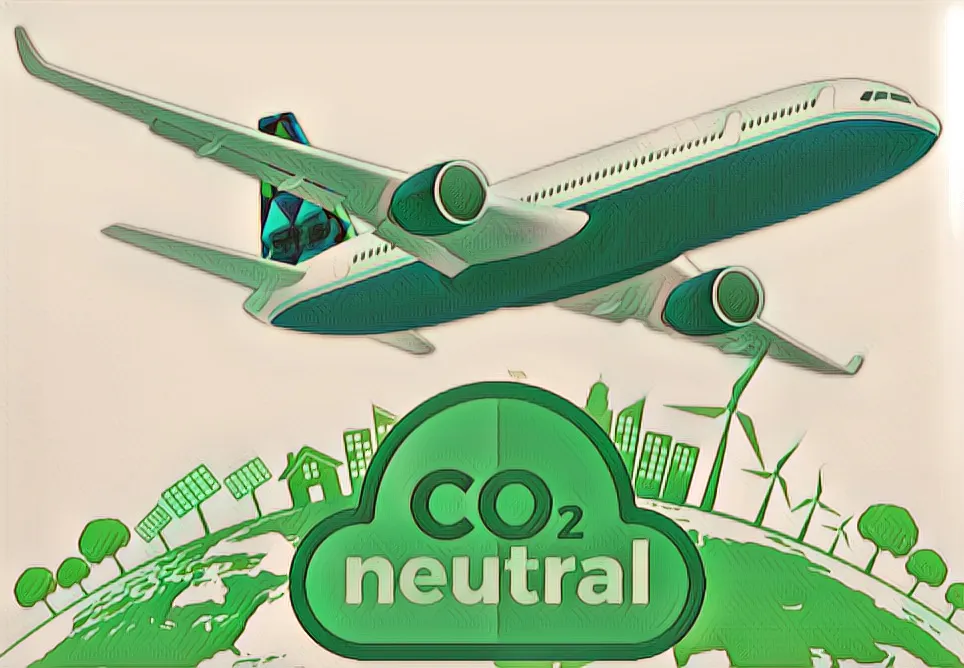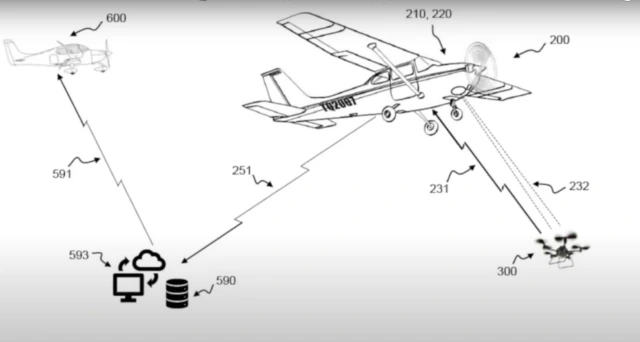
The aviation industry has been under pressure to become more sustainable for many years. Aviation, which accounts for almost 2 percent of the total global emissions, is a very difficult industry to decarbonise. Airlines have often been criticized for their passive attitude towards reducing environmental hazard. Current airline targets are not ambitious enough, which result in a very slow process of becoming more green. To speed up this process he airline industry adopted a target of eliminating carbon emissions by 2050, this means a carbon neutral future (Financial Times, 4 October 2021).
This new target can be divided into two sub targets. First of all, the number of flights worldwide must be drastically reduced. By doing this, the co2 emissions will not totally disappear, but will be significantly reduced.
The second sub target, and the most important one with regard to becoming fully carbon neutral, is to use new innovations and technologies to support emission reduction. This is important for both looking at emissions of airplanes, and emissions of airports. SITA, an IT provider for the air transport industry, has been developing a technology to achieve a carbon neutral airport for many years. The technology measures, predicts and reduces emissions on all important (potential high emission) areas at an airport. Think about the emission of an aircraft turnaround, landing and take-off cyclus, operating infrastructure (transportation systems). This system helps airports to analyse the critical areas, and to determine which elements need the strongest focus. By measuring all the processes, they can improve operations and make it more efficient. For example, the system enables pilots to notify and airplane fueller when they need less fuel than they expected. This can happen when pilots face a route change, so they have to taxi less distance. Less fuel in an airplane means less weight, which means less co2 emissions.
Due to the increasing pressure on this industry and the fact that they have finally set an (extremely) ambitious target, the road to a carbon neutral industry will demand a lot from future technology and information system developments.
https://www.ft.com/content/c43e06ff-48b5-488e-a59f-2ba60f463781

